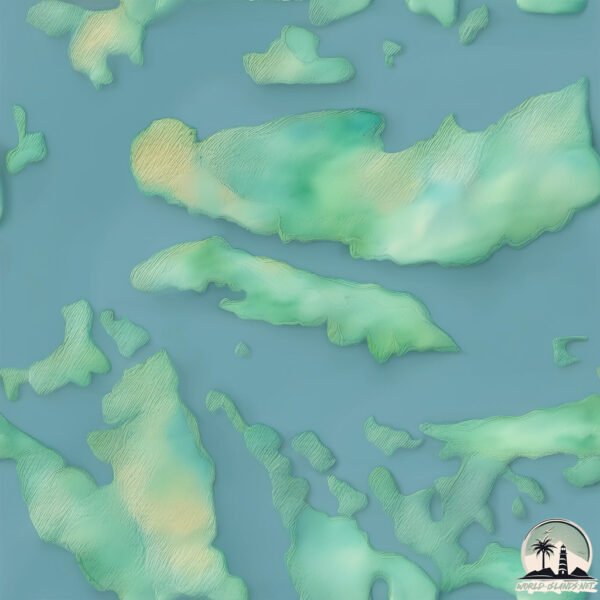Dao Van Duoi

Welcome to Dao Van Duoi, a Temperate island in the South China Sea, part of the majestic Pacific Ocean. This guide offers a comprehensive overview of what makes Dao Van Duoi unique – from its geography and climate to its population, infrastructure, and beyond. Dive into the details:
- Geography and Size: Explore the island’s size and location.
- Climate and Weather: Weather patterns and temperature.
- Topography and Nature: Uncover the natural wonders of the island.
- Infrastructure and Travelling: Insights on reaching, staying, and making the most of your visit.
- News and Headlines: Latest News.
Geography and size of Dao Van Duoi
Size: 2.499 km²
Coastline: 10.8 km
Ocean: Pacific Ocean
Sea: South China Sea
Continent: Asia
Dao Van Duoi is a Small Island spanning 2.5 km² with a coastline of 10.8 km.
Archipel: –
Tectonic Plate: Eurasia – One of the world’s largest tectonic plates, the Eurasian Plate covers a significant portion of Europe and Asia. It’s characterized by diverse geological features, including the Ural Mountains, the European Plain, and the Himalayas formed from its collision with the Indian Plate.
The geographic heart of the island is pinpointed at these coordinates:
Latitude: 20.9210938 / Longitude: 107.33068789
Climate and weather of Dao Van Duoi
Climate Zone: Temperate
Climate Details: Monsoon-Influenced Humid Subtropical Climate
Temperature: Hot Summer
Climate Characteristics: Known for hot, humid summers with significant monsoon rains, contrasted by mild, drier winters.
Topography and nature of Dao Van Duoi
Timezone: UTC+07:00
Timezone places: Asia/Jakarta
Max. Elevation: 50 m
Mean Elevation: 45 m
Vegetation: Deciduous Broadleaf Forest
Tree Coverage: 82%
The mean elevation is 45 m. The highest elevation on the island reaches approximately 50 meters above sea level. The island is characterized by Plains: Flat, low-lying lands characterized by a maximum elevation of up to 200 meters. On islands, plains are typically coastal lowlands or central flat areas.
Dominating Vegetation: Deciduous Broadleaf Forest
Composed of broadleaf trees that shed their leaves seasonally. These forests are commonly found in temperate zones and experience distinct seasonal changes. Dao Van Duoi has a tree cover of 82 %.
Vegetation: 6 vegetation zones – Very Highly Diverse Island
Islands in this range are ecological powerhouses, showcasing a wide array of vegetation zones. Each zone, from lush rainforests to arid scrublands, coastal mangroves to mountainous regions, contributes to a complex and interdependent ecosystem. These islands are often hotspots of biodiversity, supporting numerous species and intricate ecological processes.
Infrastructure and Travelling to Dao Van Duoi
Does the island have a public airport? no.
There is no public and scheduled airport on Dao Van Duoi. The nearest airport is Van Don International Airport, located 24 km away.
Does the island have a major port? no.
There are no major ports on Dao Van Duoi. The closest major port is CAM PHA, approximately 13 km away.
The mean population of Dao Van Duoi is 82 per km². Dao Van Duoi is Gently Populated. The island belongs to Vietnam.
Continuing your journey, Đảo Thế Vàng is the next notable island, situated merely km away.
ĐẢO SÍP (CYPRUS) - XỨ SỞ CỦA NHỮNG VỊ THẦN



Vietnam is classified as Emerging region: G20: Group of Twenty – Major economies comprising both developed and emerging countries, representing the world’s largest economies. The level of income is Lower middle income.
News – Latest Updates and Headlines from Dao Van Duoi
Stay informed with the most recent news and important headlines from Dao Van Duoi. Here’s a roundup of the latest developments.
Please note: The data used here has been primarily extracted from satellite readings. Deviations from exact values may occur, particularly regarding the height of elevations and population density. Land area and coastline measurements refer to average values at mean high tide.
